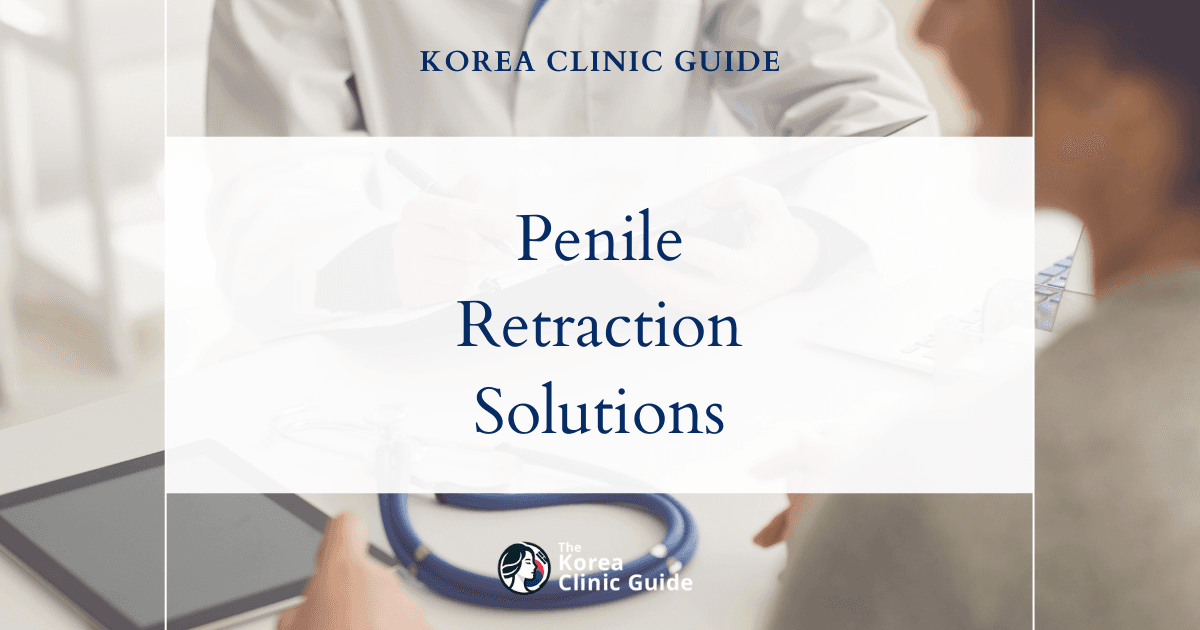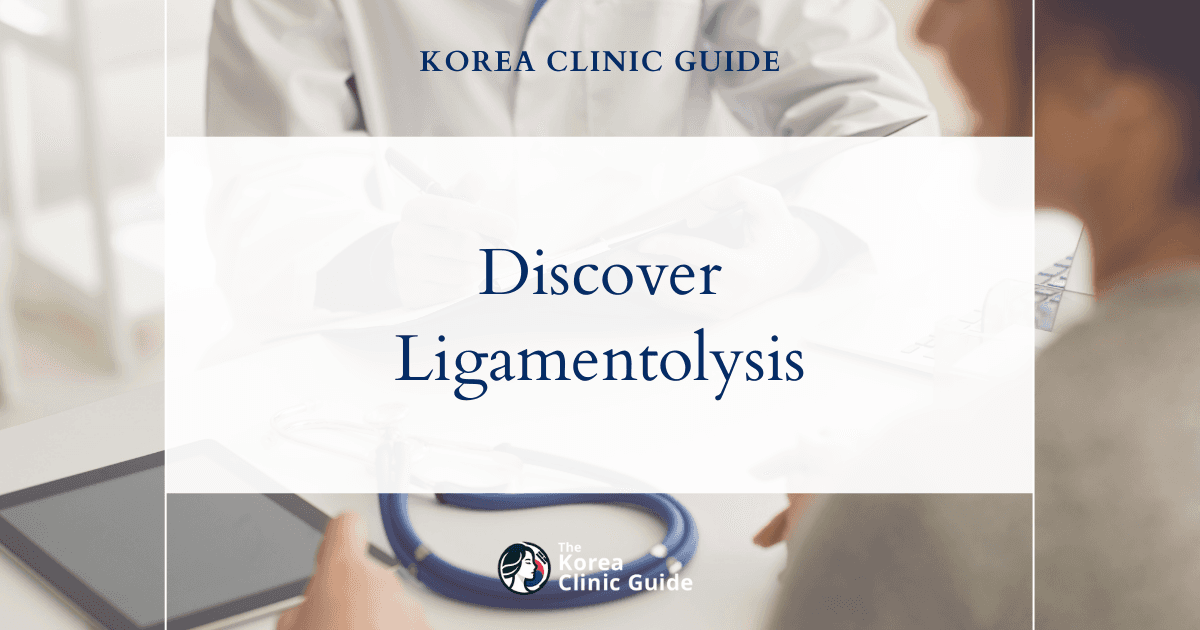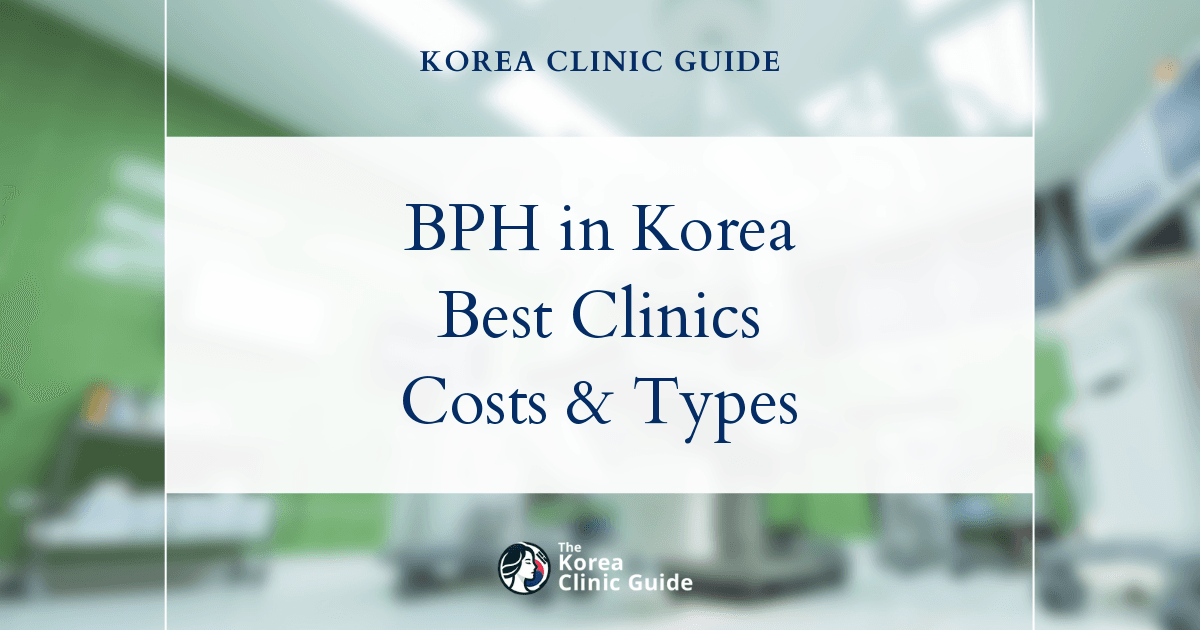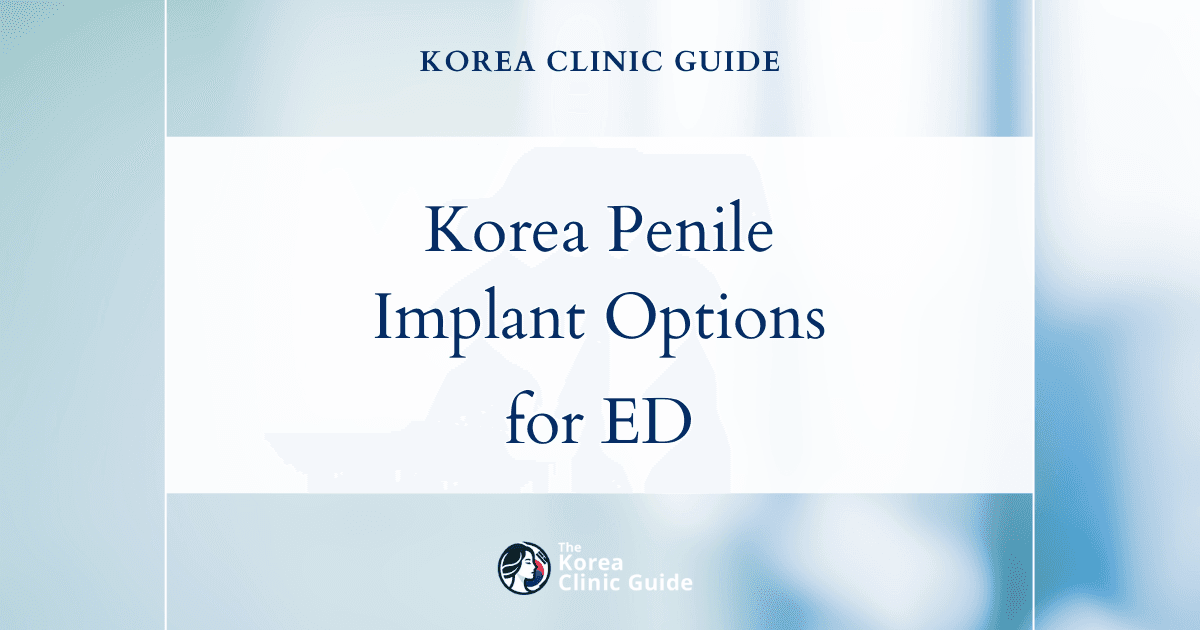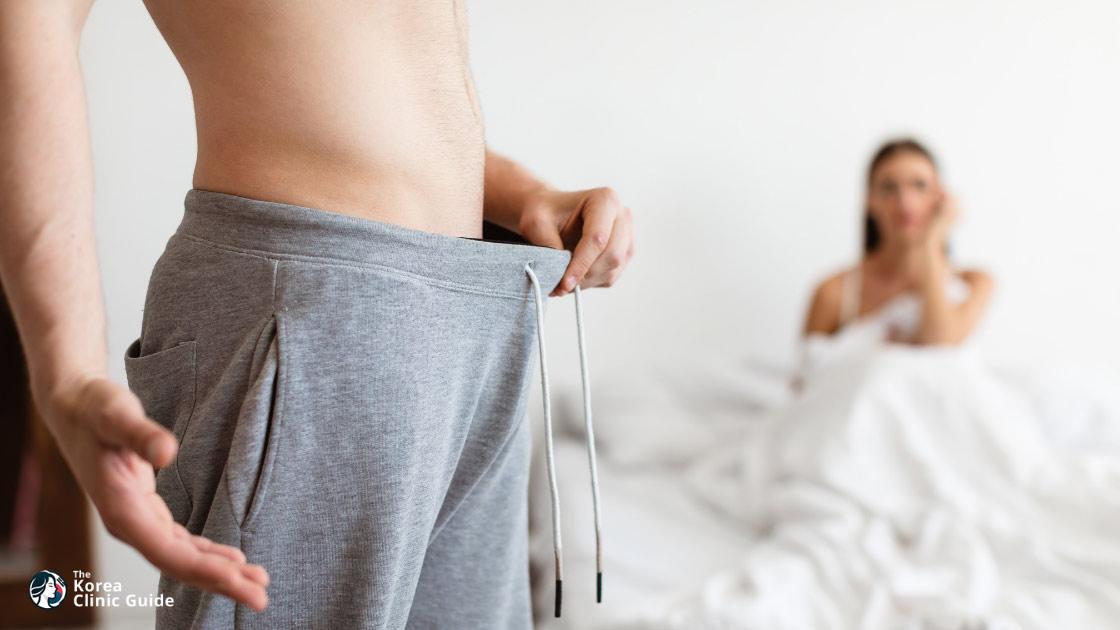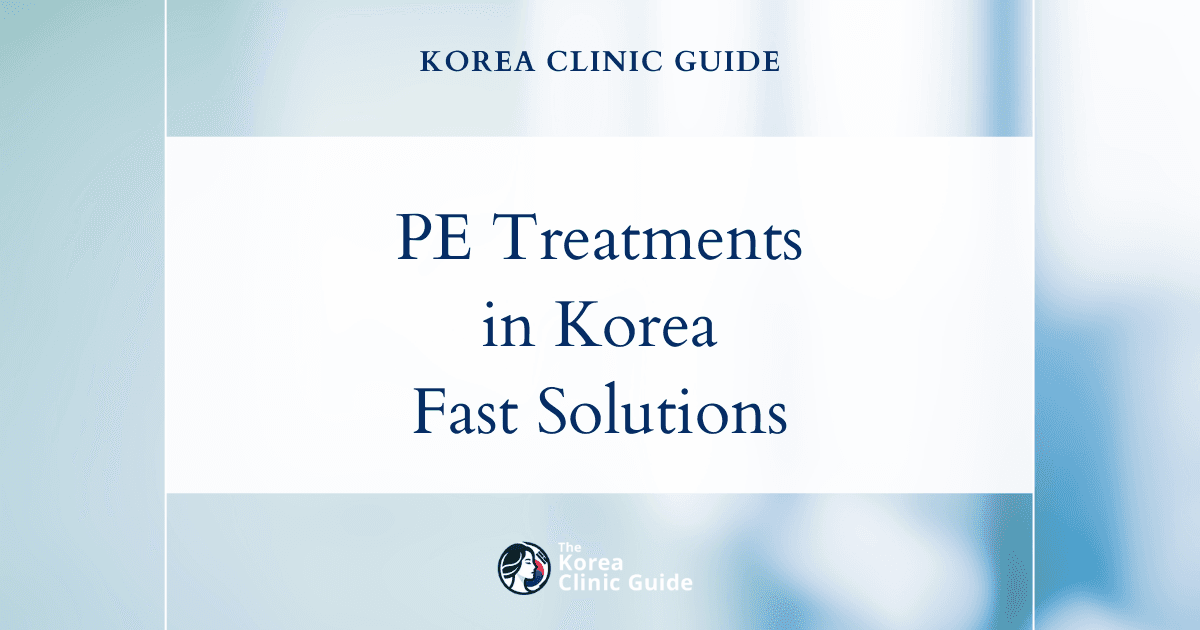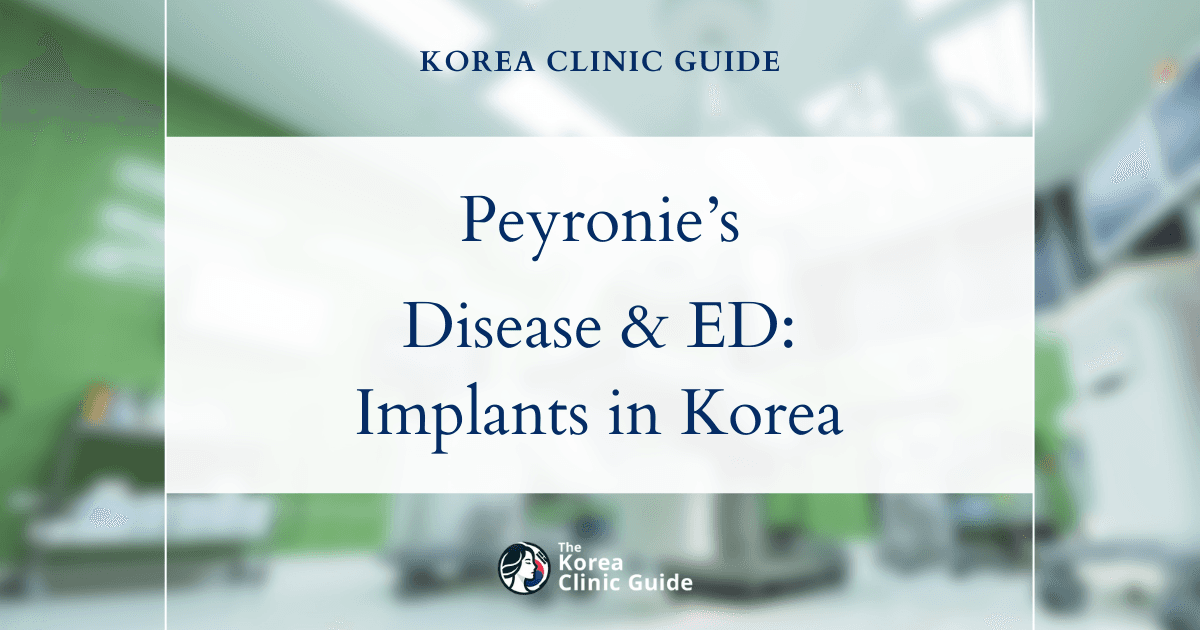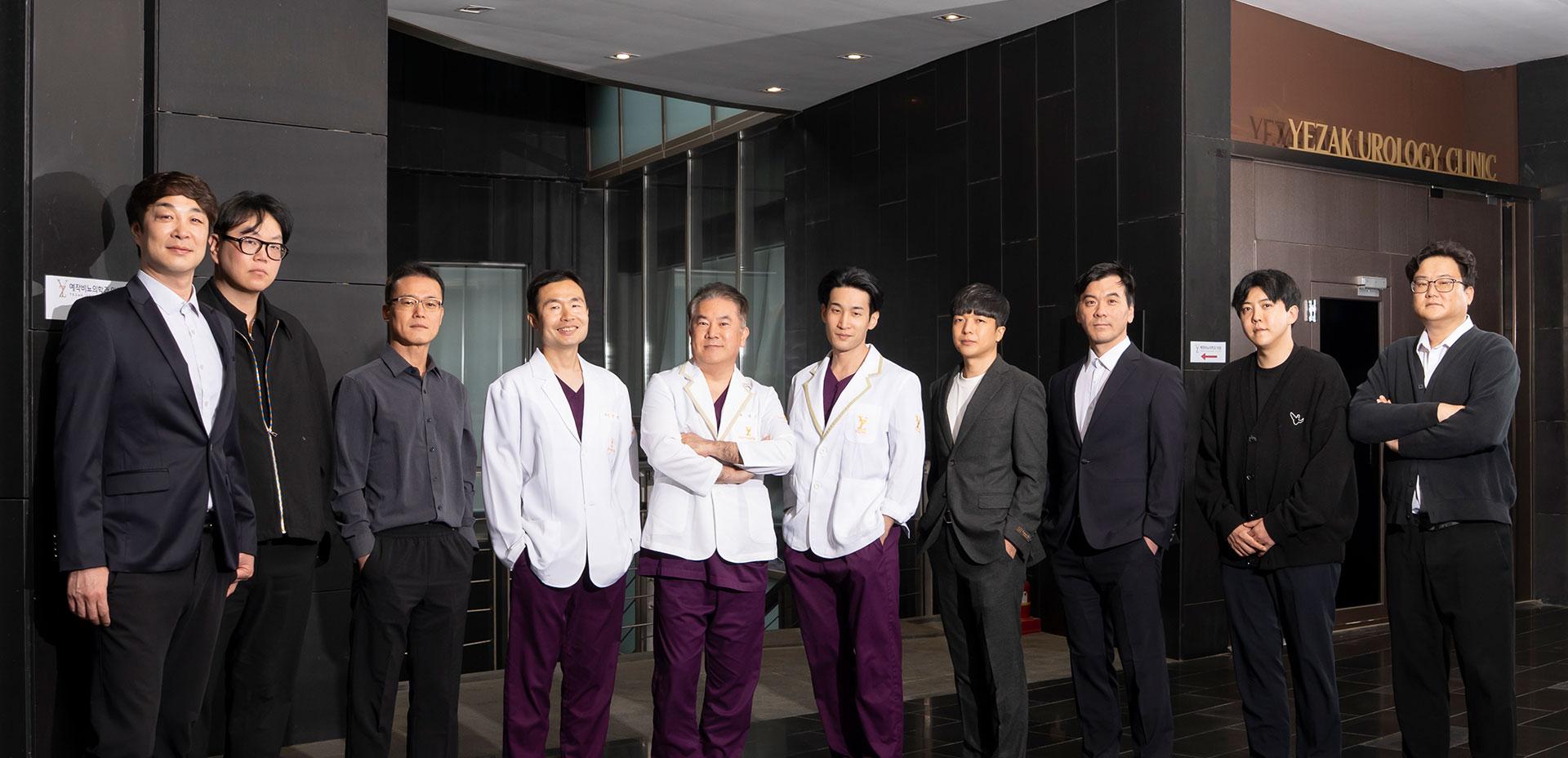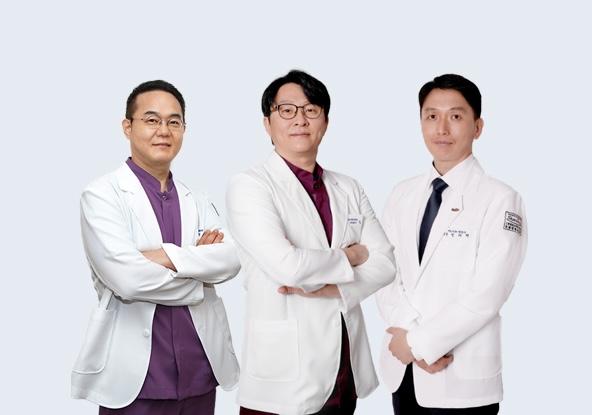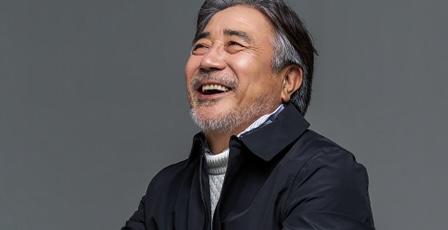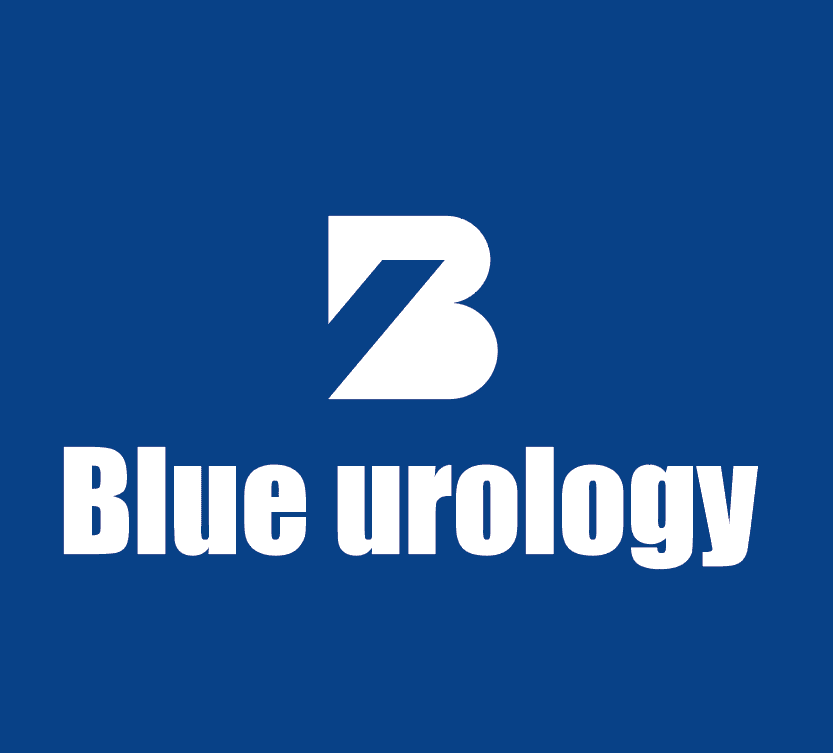Medical Tourism Blog
BPH (Benign Prostatic Hypertrophy) in Korea | Best Clinics, Costs, Procedure Types & More

Table of contents
- What Is BPH (Benign Prostatic Hypertrophy)?
- Best Clinics in Korea for Benign Prostatic Hypertrophy
- BPH (Benign Prostatic Hypertrophy) in Korea
- Cost of BPH (benign prostatic hypertrophy) in Korea
- Alternatives to BPH (benign prostatic hypertrophy)
- Conclusion
Considering treatment in Korea? Everything you need to know e.g. — how to avoid scams, visas, interpreters, recovery tips — in our Medical Tourism Master Guide. Plan with confidence in minutes, not weeks!
Imagine facing frustrating urinary symptoms that disrupt daily life, only to discover they are due to something as common as benign prostatic hypertrophy (BPH), a prevalent condition affecting millions of aging men worldwide. This article offers a deep dive into BPH, from understanding its impact to exploring cutting-edge treatment options available in Korea, where top clinics are pioneering advanced medical solutions to manage this common yet challenging health issue.
What Is BPH (Benign Prostatic Hypertrophy)?

Benign prostatic hypertrophy (BPH), also known as benign prostatic hyperplasia, is a non-cancerous enlargement of the prostate gland commonly affecting men as they age. The prostate is a small gland located below the bladder and in front of the rectum, surrounding the urethra, the tube through which urine passes out of the body. As the prostate enlarges, it can compress the urethra, leading to various urinary difficulties.
Who is Affected by BPH?
BPH primarily affects older men. It is a common condition—by the age of 60, approximately 50% of men will experience some symptoms of BPH, and by the age of 85, this figure increases to around 90%. The exact cause of BPH is not entirely understood, but it is believed to be linked to changes in hormone levels that occur as men age. Other risk factors include a family history of BPH, obesity, lack of physical activity, and erectile dysfunction.
Symptoms of BPH
Men with BPH may experience a range of urinary symptoms, including:
- Frequent urination, particularly at night (nocturia)
- Difficulty starting and stopping urination
- Weak or interrupted urine stream
- A feeling of incomplete bladder emptying
- Urgency to urinate
- Pain or discomfort during urination
Diagnosis of BPH
A diagnosis of BPH typically involves:
- Medical History Review: Discussing urinary symptoms and any family history of prostate issues.
- Physical Examination: Including a digital rectal exam (DRE) to assess the size and condition of the prostate.
- Urine Tests: To rule out infections or other conditions that may cause similar symptoms.
- Prostate-Specific Antigen (PSA) Test: A blood test to measure PSA levels, which can be elevated in BPH.
- Additional Tests: Such as uroflowmetry or post-void residual volume tests to evaluate urine flow and bladder emptying.
Treatment Options for BPH
There are various treatment options for BPH, which can be tailored based on the severity of symptoms, the size of the prostate, and overall health. Treatment options include:
Medications
- Alpha Blockers: These medications help relax the muscles of the prostate and bladder neck, improving urine flow and reducing bladder outlet obstruction. Examples include tamsulosin and alfuzosin.
- 5-Alpha Reductase Inhibitors: These drugs shrink the prostate by blocking hormonal changes that cause prostate growth. Finasteride and dutasteride are commonly prescribed medications in this category.
- Combination Therapy: In some cases, combining an alpha-blocker with a 5-alpha reductase inhibitor can be more effective than either medication alone.
Minimally Invasive Procedures
Several minimally invasive procedures can provide relief from BPH symptoms, often with quicker recovery times compared to traditional surgery. These include:
- Transurethral Microwave Thermotherapy (TUMT): This procedure uses microwave energy to generate heat that reduces the size of the prostate tissue.
- Transurethral Needle Ablation (TUNA): Radiofrequency energy is used to destroy excess prostate tissue.
- Prostatic Urethral Lift (PUL or UroLift): This procedure involves implanting tiny devices that lift and hold the enlarged prostate tissue out of the way, so it no longer blocks the urethra.
Surgical Options
For men with severe symptoms or those who do not respond to other treatments, surgery may be necessary. Common surgical procedures include:
- Transurethral Resection of the Prostate (TURP): The most common surgical procedure for BPH, TURP involves removing a portion of the prostate tissue to relieve obstruction.
- Laser Surgery: Laser techniques, such as Holmium Laser Enucleation of the Prostate (HoLEP) and Photoselective Vaporization of the Prostate (PVP), use laser energy to remove or vaporize prostate tissue.
- Open or Robotic Prostatectomy: In cases of extremely large prostates, an open or robotic-assisted surgical approach may be necessary to remove the prostate tissue.
Understanding BPH and its treatment options is critical in managing symptoms and improving quality of life. Men experiencing urinary difficulties should consult their healthcare provider to discuss the most appropriate approach based on their specific condition.
Best Clinics in Korea for Benign Prostatic Hypertrophy
Listed below are the best clinics in Korea for benign prostatic hypertrophy:
| Clinic Name | Key Features | Special Techniques |
|---|---|---|
| Yezak Urology Website | Yezak Urology Clinic in Apgujeong is one of the largest urology centers in Seoul, bringing more than 20 years of expertise to men’s health with a multi-specialist team, advanced safety systems, and the latest technology. Led by a renowned urology specialist and developer of the 5-Point Fixed Permanent Penile Lengthening Surgery, the clinic is dedicated to precision, safety, and tailored care for conditions like Benign Prostatic Hypertrophy. | Aquablation; Urolift |
| Stantop Urology & Andrology Website | StanTop Urology & Andrology Clinic is a specialized center dedicated to improving quality of life for men and women in Korea and around the world through advanced urological and andrological care. Recognized by KBS and trusted by over 100,000 patient consultations and 40,000 surgeries, the clinic blends deep expertise with a patient-first experience—offering separate consultation and treatment rooms for men and women to ensure comfort and privacy. Its comprehensive prostate program spans rapid one-day check-ups, BPH care, and prostatitis management, complemented by a full suite of male health services and VIP options for personalized, discreet treatment. | PSA testing; digital rectal exam; one-day check-ups; medications; minimally invasive procedures; surgery |
| Proud Urology Clinic Website | Proud Urology Clinic is a JCI-accredited, men’s health-focused center established in 2016, known for its specialized surgical and non-surgical expertise, professionally trained staff, and a comprehensive service lineup that spans men enhancement, reconstruction, body sculpting, and preventive testing and treatments. From penis enlargement surgery, erectile dysfunction surgery, premature ejaculation therapies, vasectomy and vasectomy reversal, and circumcision, to penile curvature correction, Vaseline removal, scrotal reconstruction, body and abdominal liposuction, male breast reduction, STD/STI testing and treatment, and HPV vaccination, the clinic is designed to deliver high-quality, discreet, and outcome-oriented care that prioritizes patient confidence and well-being. This male-dedicated environment and internationally validated safety standards make it a standout choice for men seeking evaluation and coordinated care pathways for benign prostatic hypertrophy and related urinary and sexual health concerns. | Penis enlargement surgery; erectile dysfunction surgery; premature ejaculation therapies; vasectomy; vasectomy reversal; circumcision; penile curvature correction; Vaseline removal; scrotal reconstruction; liposuction (body and abdominal); male breast reduction; STD/STI testing and treatment; HPV vaccination |
Yezak Urology
Yezak Urology Clinic in Apgujeong is one of the largest urology centers in Seoul, bringing more than 20 years of expertise to men’s health with a multi-specialist team, advanced safety systems, and the latest technology. Led by a renowned urology specialist and developer of the 5-Point Fixed Permanent Penile Lengthening Surgery, the clinic is dedicated to precision, safety, and tailored care for conditions like Benign Prostatic Hypertrophy.
Instead of traditional laser resection (HoLEP), Yezak offers two advanced, minimally invasive options for BPH: Aquablation and Urolift. Aquablation uses cold water pressure to gently remove excess prostate tissue while minimizing damage and preserving sexual function, and Urolift uses medical-grade sutures to lift and secure enlarged tissue, reducing obstruction without cutting. Both procedures support quick recovery with minimal complications, helping patients return to daily life comfortably while protecting prostate health and function.
You can check out their website here: Yezak Urology Website
Stantop Urology & Andrology
StanTop Urology & Andrology Clinic is a specialized center dedicated to improving quality of life for men and women in Korea and around the world through advanced urological and andrological care. Recognized by KBS and trusted by over 100,000 patient consultations and 40,000 surgeries, the clinic blends deep expertise with a patient-first experience—offering separate consultation and treatment rooms for men and women to ensure comfort and privacy. Its comprehensive prostate program spans rapid one-day check-ups, BPH care, and prostatitis management, complemented by a full suite of male health services and VIP options for personalized, discreet treatment.
Why StanTop is a leading choice for Benign Prostatic Hypertrophy (BPH)
- Comprehensive prostate program: one-day check-up with PSA testing and digital rectal exam enables fast, accurate assessment and timely care
- Full spectrum of BPH treatments: medication, minimally invasive procedures, and surgery tailored to symptom severity and patient goals
- Proven experience and trust: KBS recognition, 100,000+ consultations, and 40,000+ surgeries underscore clinical expertise
- Patient-centered environment: separate men’s and women’s facilities prioritize comfort, privacy, and dignity
- VIP service: personalized care pathways and dedicated facilities for added convenience and confidentiality
- Integrated urology-andrology expertise: coordinated care for broader men’s health needs alongside prostate treatment
- Global accessibility: services designed for both domestic and international patients seeking advanced BPH management
You can check out their website here: Stantop Urology & Andrology Website
Proud Urology Clinic
Proud Urology Clinic is a JCI-accredited, men’s health-focused center established in 2016, known for its specialized surgical and non-surgical expertise, professionally trained staff, and a comprehensive service lineup that spans men enhancement, reconstruction, body sculpting, and preventive testing and treatments. From penis enlargement surgery, erectile dysfunction surgery, premature ejaculation therapies, vasectomy and vasectomy reversal, and circumcision, to penile curvature correction, Vaseline removal, scrotal reconstruction, body and abdominal liposuction, male breast reduction, STD/STI testing and treatment, and HPV vaccination, the clinic is designed to deliver high-quality, discreet, and outcome-oriented care that prioritizes patient confidence and well-being. This male-dedicated environment and internationally validated safety standards make it a standout choice for men seeking evaluation and coordinated care pathways for benign prostatic hypertrophy and related urinary and sexual health concerns.
Why Proud Urology Clinic is a leading choice for men with benign prostatic hypertrophy (BPH)
- JCI-accredited quality and safety: Internationally recognized standards that matter for ongoing monitoring and treatment decisions in BPH.
- Male-focused expertise: A dedicated men’s urology setting that understands the interplay between urinary symptoms and sexual function, essential for holistic BPH care.
- Professionally trained team: Skilled clinicians experienced in both conservative and procedural care, supporting stepwise, individualized BPH management.
- Comprehensive, under-one-roof services: From specialized procedures to on-site testing and treatments for men’s urogenital health, making care efficient and discreet.
- Proven surgical rigor: Advanced reconstructive and enhancement surgeries reflect robust peri-procedural protocols and patient safety culture relevant to any urologic care plan.
- Preventive and patient-centered ethos: Services like HPV vaccination and STI care underscore a proactive approach that aligns with long-term symptom tracking and lifestyle guidance for BPH.
- Established track record since 2016: A sustained commitment to best possible results and improved confidence and well-being, which are central outcomes for men managing BPH.
Find more about this clinic here: Proud Urology Clinic Website
BPH (Benign Prostatic Hypertrophy) in Korea
Experiencing a BPH (benign prostatic hypertrophy) treatment in Korea involves a comprehensive medical journey that encompasses a series of well-coordinated steps. Korea, known for its advanced medical infrastructure and skilled healthcare professionals, offers a robust system for managing BPH, ensuring patients receive optimal care.
Initial Consultation
The journey often begins with an initial consultation, where patients meet with a urologist. Clinics and hospitals in Korea prioritize patient comfort and confidentiality, providing bilingual support for non-Korean speakers. During the consultation, the urologist conducts a detailed medical history review and physical examination. Digital Rectal Exam (DRE) and Prostate-Specific Antigen (PSA) blood tests are commonly performed to assess the condition of the prostate.
Diagnostic Tests
Following the initial evaluation, additional diagnostic tests may be recommended. These could include ultrasound imaging, uroflowmetry (to measure urine flow rate), and cystoscopy (to inspect the bladder and urethra). Korean medical facilities are equipped with state-of-the-art diagnostic tools that ensure precise and detailed examinations.
Treatment Options
Medications: For many patients, medications are the first line of treatment. Commonly prescribed medications include alpha-blockers, which relax the muscles of the prostate and bladder neck, and 5-alpha reductase inhibitors, which shrink the prostate. Patients are monitored for side effects and the effectiveness of the medications through regular follow-up appointments.
Minimally Invasive Procedures: If medications are ineffective or if the prostate is significantly enlarged, minimally invasive procedures are considered. Transurethral Resection of the Prostate (TURP), laser therapy (such as Holmium Laser Enucleation of the Prostate, HoLEP), and UroLift are popular choices. These procedures are performed under spinal or general anesthesia in modern, fully equipped operating rooms.
Surgical Options: In cases where minimally invasive techniques are not suitable, open or laparoscopic prostatectomy may be performed. Advanced robotic systems, such as the da Vinci Surgical System, are also available in leading Korean hospitals, providing highly precise and minimally invasive surgical options.
Post-Procedure Care
After the procedure, patients typically stay in the hospital for observation, ranging from a few hours to a couple of days, depending on the type of treatment. Medical staff provide detailed post-operative care instructions, including information on catheter management, if applicable, and advice on activities that should be avoided during the recovery period.
Follow-Up and Recovery
Follow-up appointments are crucial to monitor the patient's recovery and the effectiveness of the treatment. Korean healthcare providers emphasize the importance of regular check-ups and may conduct additional tests to ensure the prostate’s functionality has improved. Dietary advice, physical activity recommendations, and lifestyle modifications are often discussed to support long-term health.
Support Services
In addition to medical treatment, many clinics and hospitals in Korea offer support services such as counseling and support groups. These services help patients deal with the emotional and psychological aspects of BPH, providing a holistic approach to treatment and recovery.
Overall, getting BPH treatment in Korea is characterized by high standards of medical care, advanced technology, and comprehensive support, ensuring patients receive thorough and effective management of their condition.
| Procedure Price | Korean Won (₩) | USD ($) |
|---|---|---|
| Low Price | ₩6,000,000 | $4400 |
| High Price | ₩20,000,000 | $14500 |
Exchange rate as of 2025-05-22: 1 KRW = 0.0007 USD
Please note that these prices are approximate guidelines and can vary significantly based on the clinic and your individual circumstances.
Cost of BPH (benign prostatic hypertrophy) in Korea
When considering treatment for benign prostatic hypertrophy (BPH) in Korea, several factors need to be taken into account, including medical expenses and travel-related costs.
Medical Expenses
The costs associated with BPH treatment can vary greatly depending on the type of treatment required. For instance:
- Medication: Monthly medication costs for BPH can range from ₩50,000 to ₩150,000 (approximately $40 to $120 USD).
- Minimally Invasive Procedures: Treatments such as transurethral resection of the prostate (TURP) or laser therapy can cost between ₩1,500,000 and ₩3,000,000 (approximately $1,200 to $2,400 USD).
- Surgical Intervention: More invasive surgical treatments might range from ₩5,000,000 to ₩10,000,000 (approximately $4,000 to $8,000 USD).
These prices are indicative and can vary depending on the hospital, the specific needs of the patient, and the treating physician.
Travel Expenses
Aside from medical expenses, patients considering traveling to Korea for BPH treatment must also budget for travel-related expenses:
- Flights: Round-trip flights to Korea from the United States generally cost between $800 and $1,500 USD, though this can vary based on the season, departure city, and airline.
- Accommodation: Hotel costs in Korea vary widely, with options ranging from budget hotels at ₩50,000 per night (approximately $40 USD) to more luxurious stays at ₩300,000 per night (approximately $240 USD).
- Transport: Local transportation costs, including taxis, public transport, and potentially car rentals, might add up to ₩100,000 to ₩200,000 (approximately $80 to $160 USD) depending on the length of the stay.
- Daily Living Expenses: Daily expenses for food and incidental costs could range between ₩30,000 to ₩100,000 (approximately $24 to $80 USD) per day.
Patients should also consider additional costs such as travel insurance, especially when traveling for medical purposes. This careful planning ensures budgeting for both the medical treatment itself and all related travel expenses.
Alternatives to BPH (benign prostatic hypertrophy)
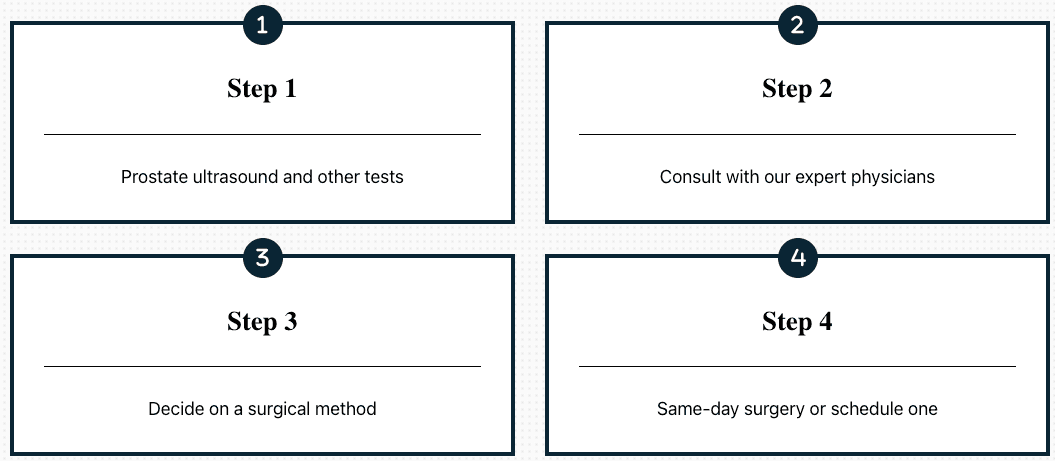
Benign prostatic hypertrophy (BPH), also known as an enlarged prostate, is a common health issue that tends to occur as men age. The prostate, which is situated just below the bladder, can become enlarged, causing symptoms such as urinary blockage and other urinary tract problems. Here are three alternatives to manage and treat BPH:
Medication
Medication is often the first line of treatment for mild to moderate symptoms of BPH. There are several classes of drugs that can help alleviate the symptoms:
-
Alpha Blockers: These medications relax the muscles in the prostate and bladder neck, making it easier to urinate. Examples include tamsulosin (Flomax®), terazosin (Hytrin®), and doxazosin (Cardura®).
-
5-Alpha Reductase Inhibitors: These drugs reduce the size of the prostate by blocking the hormone dihydrotestosterone (DHT). Examples include finasteride (Proscar®) and dutasteride (Avodart®).
-
Combination Therapy: Combination therapy, such as the combination of dutasteride and tamsulosin (Jalyn®), may provide more comprehensive symptom relief by both relaxing the muscle and reducing prostate size.
Minimally Invasive Procedures
For patients who don't respond well to medications, or who prefer not to undergo surgery, minimally invasive procedures offer another option. These procedures generally involve less recovery time and fewer complications:
-
Prostatic Urethral Lift (UroLift): This procedure uses implants to lift and hold the enlarged prostate tissue out of the way, so it no longer blocks the urethra.
-
Rezūm™ Water Vapor Therapy: Steam is injected into the prostate tissue, which kills excess prostate cells, leading to shrinkage of the prostate gland.
-
GreenLight™ Laser Therapy: A laser is used to vaporize overgrown prostate tissue, which opens up the urethra. This method generally has fewer complications and a shorter recovery time compared to traditional surgical methods.
Surgical Options
For severe cases or when other treatments have failed, surgical interventions may be necessary. These procedures are designed to remove excess prostate tissue and relieve symptoms:
-
Transurethral Resection of the Prostate (TURP): This is one of the most common surgical treatments for BPH. It involves removing sections of the prostate through the urethra.
-
Transurethral Incision of the Prostate (TUIP): Small incisions are made in the prostate to relieve pressure on the urethra, improving urine flow. This option is often chosen for smaller prostates.
-
Holmium Laser Enucleation of the Prostate (HoLEP): This technique uses a laser to remove obstructive prostate tissue, providing relief from urinary symptoms.
While these treatments can be very effective, each comes with its own risks and benefits. It is important to consult with a healthcare provider to determine which treatment option is best suited to your specific condition and health status. Always consider the severity of symptoms, the size of the prostate, and personal preferences when making treatment decisions.
Conclusion
In conclusion, the management of BPH in Korea reflects a comprehensive approach that integrates advanced medical treatments, heightened public awareness, and accessible healthcare services. With an aging population and an increasing prevalence of the condition, it is crucial to continue research and innovation in diagnostic and therapeutic strategies. Through collaborative efforts among medical professionals, researchers, and policymakers, Korea stands poised to improve the quality of life for men suffering from BPH, ensuring timely interventions and supporting overall urological health.
